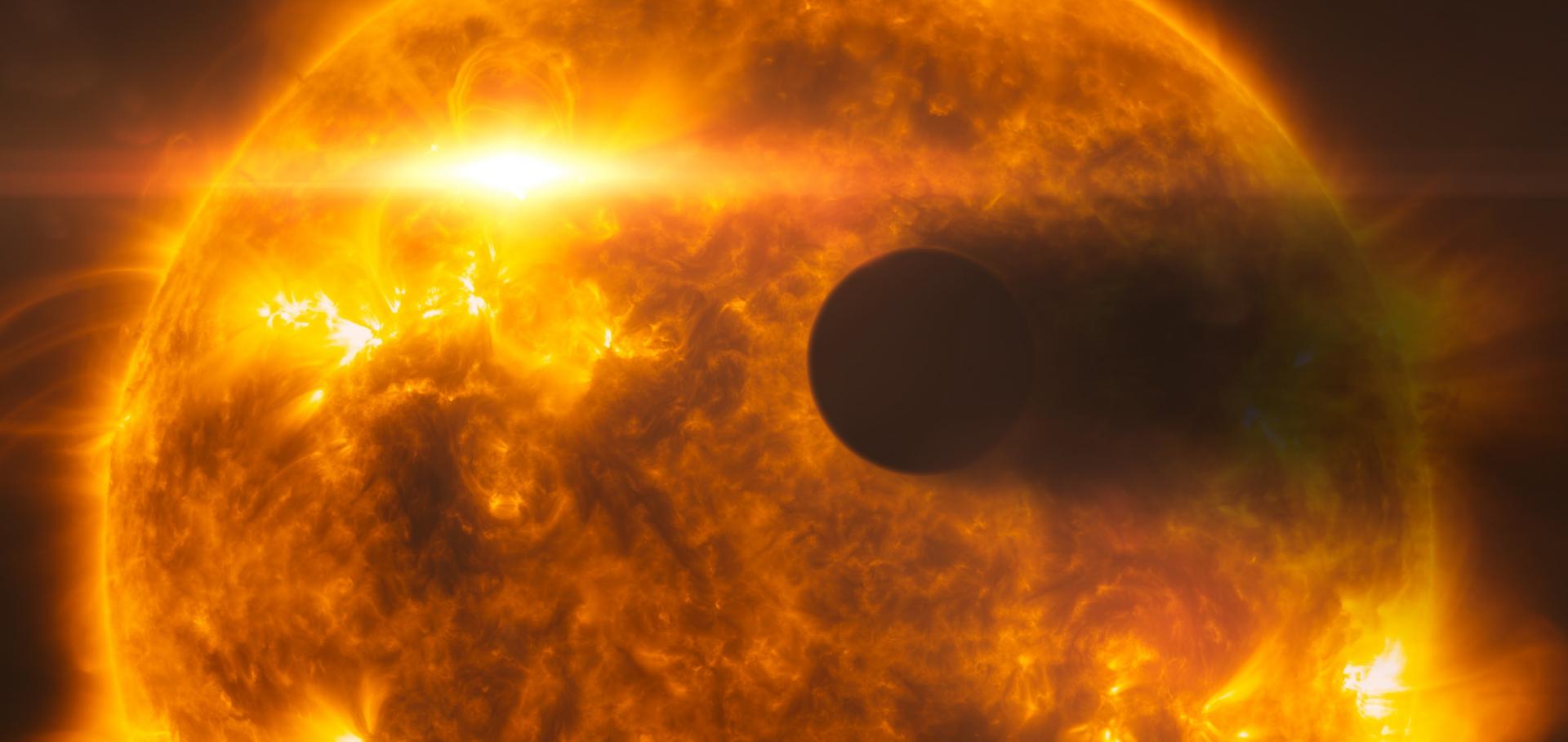Monitoring young associations and open clusters with Kepler in two-wheel mode
(2013)
Astrophysically robust systematics removal using variational inference: application to the first month of Kepler data
(2013)
Hubble Space Telescope hot Jupiter Transmission Spectral Survey: detection of water in HAT-P-1b from Wide Field Camera 3 near-infrared spatial scan observations
(2013)
Stellar Rotation Periods of the Kepler Objects of Interest: A Dearth of Close-in Planets around Fast Rotators
(2013)
The deep blue color of HD 189733b: Albedo measurements with Hubble Space Telescope/Space Telescope imaging spectrograph at visible wavelengths
Astrophysical Journal Letters 772:2 (2013)


